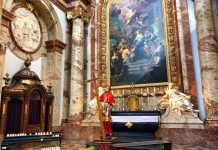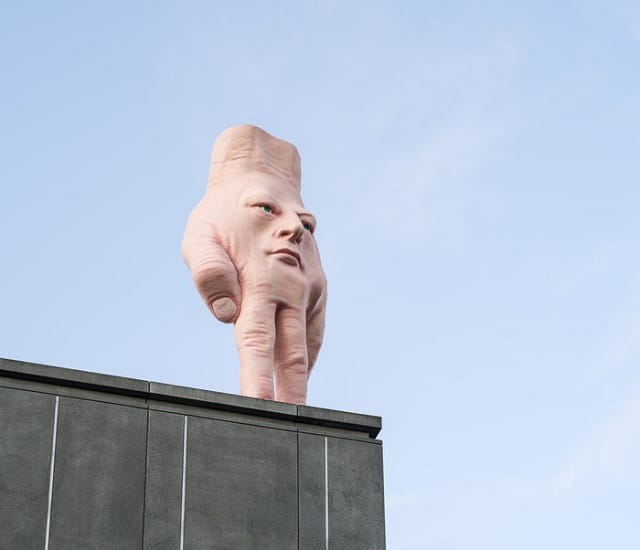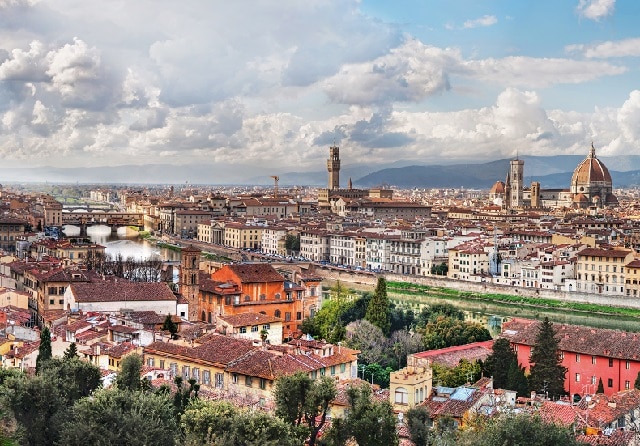Cradles of religions, places of pilgrimage and holy cities that never fail to exude charm. The religions have declared such due to their geographical position because the texts or belief of their origin were events under the sign of the Almighty. The holy city is by definition a place of worship and pilgrimage, but not only that. It is also a cultural destination for excellence, a place of history and memory.
Jerusalem-Israel
Jerusalem, it is called the “thrice holy” for the Jews, the Catholics and the Muslims. For the Jews it was the capital of King David, which housed the Temple of Solomon and the Second Temple after the return from exile in Babylon and became the capital of Hasmoneans, the first Jewish state in history. For Christians, Jerusalem has been the scene of major events: Supper, Crucifixion and Resurrection. The Prophet Muhammad encouraged the Muslims to pray, turning towards Jerusalem in honor of Abraham. Muslims await the return of Muhammad on the Dome of the Rock, where there is the al-Aqsa Mosque. There are three main religious sites: the Western Wall where Jews mourn the destruction of the Second Temple. This wall encloses the hill on which stands the Dome of the Rock (Mosque of the Rock), a holy place for Jews (the scene of the sacrifice of Isaac) and Muslims (where Mohammad received the five daily prayers and from there he visited the seven heavens). Finally, Basilica of the Holy Sepulchre is a holy place for Christians, erected on the site of Calvary where Jesus would have lived the Passion.
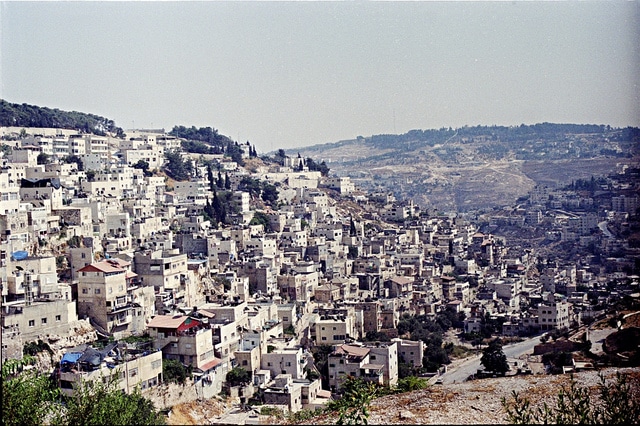
Do not miss the famous Israel Museum which houses the Dead Sea Scrolls and the Book of Isaiah Jerusalem provides Stendhal’s syndrome, a disease caused by an intense emotion, which is characterized by dizziness, agitation and confusion.
Bethlehem – Palestine
Bethlehem is located in the West Bank of Palestine,straight in the heart of the Judean desert. For the Catholics it is the birthplace of Jesus and according to two Gospels (not historians) Jesus was born in this land of Judea.Bethlehem which is home to the first tomb of Rachel, who lost his life by giving it to Benjamin. It is a sacred place for Jews but also for Catholics. While the Jews went into exile after the overthrow of Jerusalem by the Babylonian king Nebuchadnezzar (-587), the matriarch who was asleep in this land would have appeared promising their return. In Bethlehem is located the Church of the Nativity, which was built by Constantine and the Milk Grotto, where Mary would have stopped breastfeeding during the flight into Egypt. Tradition also gives these places the virtues which favor fertility in women.
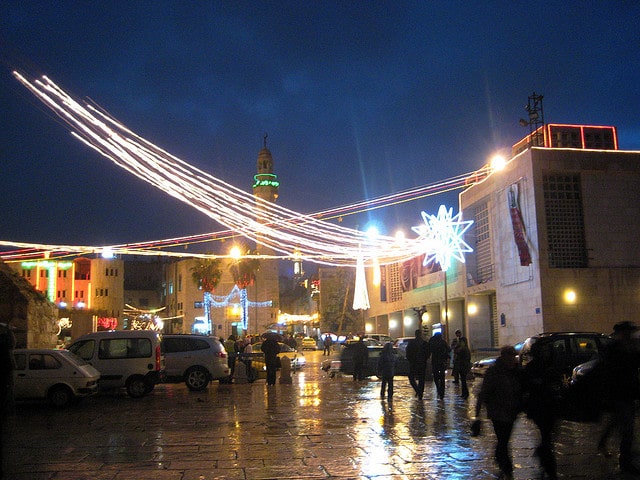
Places to visit: the church of St. Catherine in Bethlehem, where St. Jerome translated the Bible into Latin (the Vulgate). You should also ttend a religious ceremony at the site of the birthplace of Judaism. In Christmas, the picturesque streets of Bethlehem are illuminated by the lights of the firmament. Please note that the visit to Bethlehem from Jerusalem begins with a checkpoint, which is marked by a palpable tension in the occupied Palestinian territories.
Rome is the center of Catholicism in the area of Vatican. This small landlocked state has everything big: mints its own currency, stamps its release and the embassy also has a radio station. The Vatican opens on St. Peter’s Square, which opens its arms to welcome visitors between two rows of columns. We owe this to Bernini’s masterpiece of harmony. The calendar is marked by the blessing Urbi et Orbi (“to the city and to the universe”), issued by the Pope from the balcony of St. Peter’s Basilica during the most important celebrations of Catholicism, Easter and Christmas. The Vatican is of course St. Peter’s Basilica, the largest in the world! Inside, a symphony of colored marble awaits visitors to walk among the colossal works: Pietà by Michelangelo, tombs of the Popes, baroque canopy. Those who are not afraid of heights can visit the dome of Bramante.
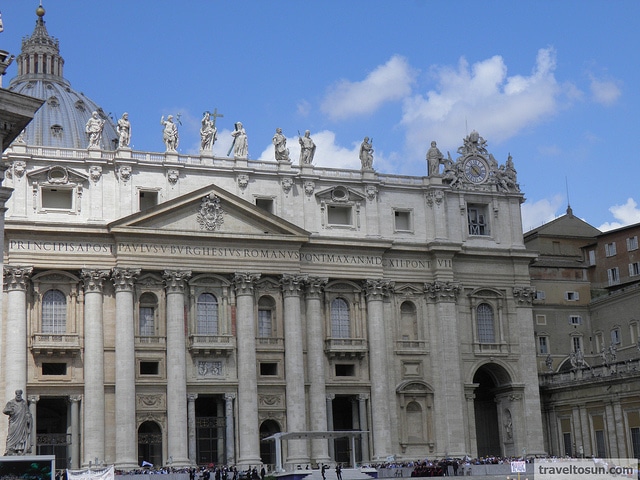
Do not miss: the Vatican Museums, which is famous for its religious works (the Sistine Chapel, the Raphael Rooms and the tapestries of the sixteenth century) as for its profane art collections (the antiques, the Italian paintings and the maps).
By Elsi H
Photo: photo 1 kimmolandia,photo 2 Jammie Lynn Ross,photo 3 traveltosundotcom



